Water is one of the biggest threats to your chimney.
Excellent Reviews
Based on ~500 reviews

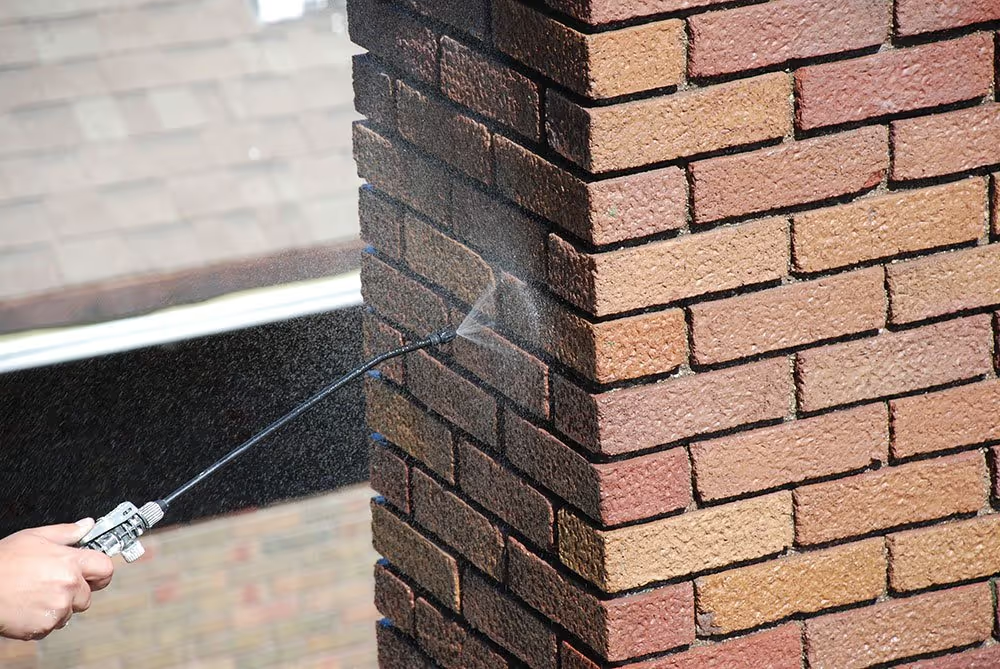
From cracked bricks to rusted dampers and mold in the attic, moisture can cause thousands of dollars in damage over time. That’s why chimney waterproofing is one of the smartest preventative steps you can take.
By applying a breathable, weather-resistant sealant to the exterior, you can block out rain and snow while still allowing moisture inside the bricks to escape keeping your chimney safe, dry, and structurally sound.

Masonry is porous by nature, meaning bricks and mortar absorb water. When temperatures drop, trapped moisture freezes and expands, leading to cracks, flaking, and long-term damage. Waterproofing adds a protective barrier to prevent this cycle.
Without it, your chimney is constantly at risk, even if it's not actively leaking yet.



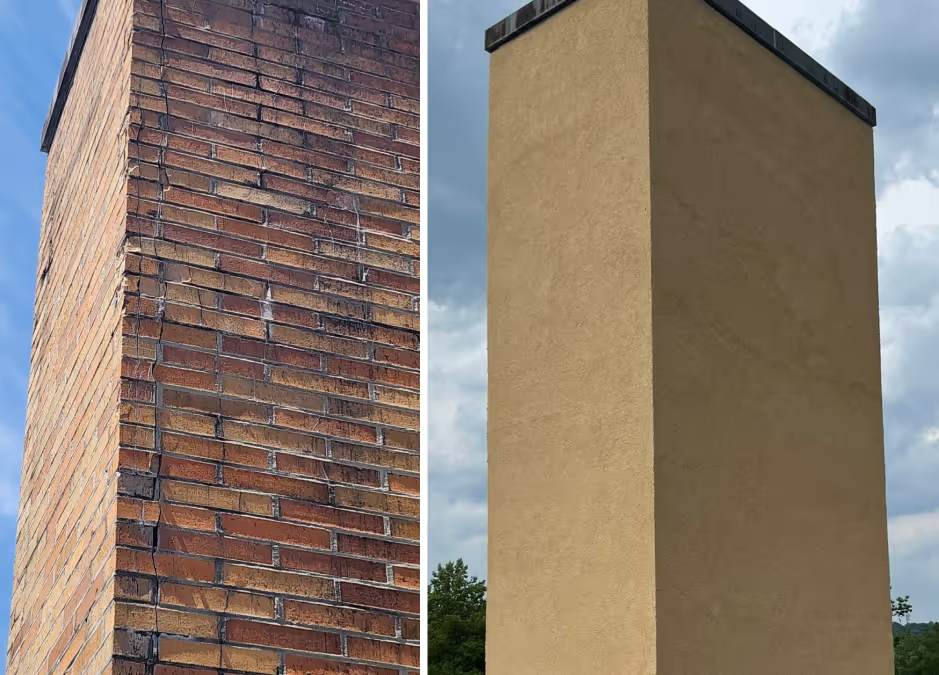


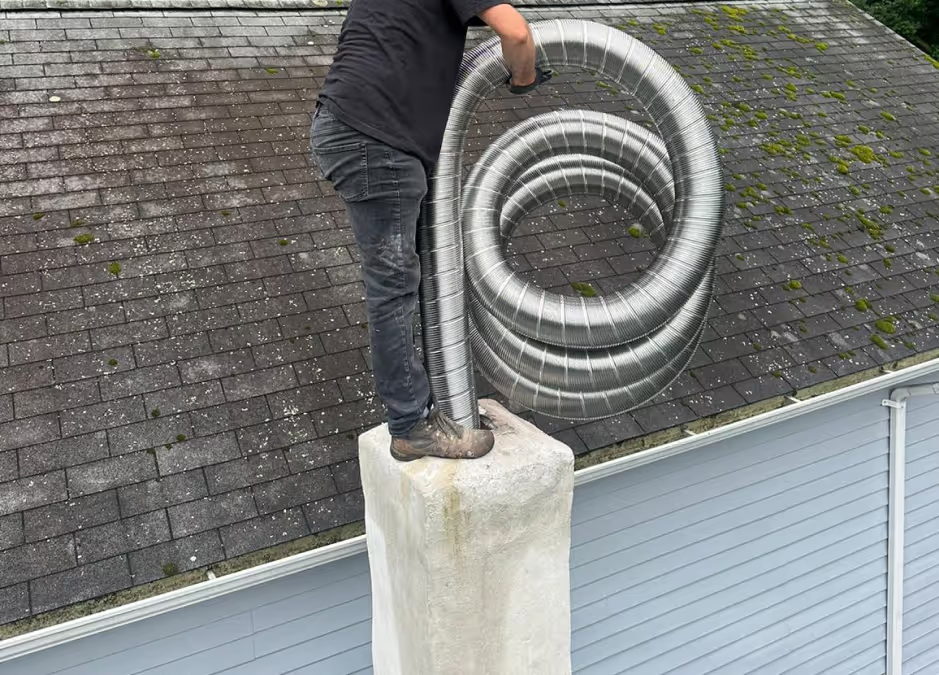
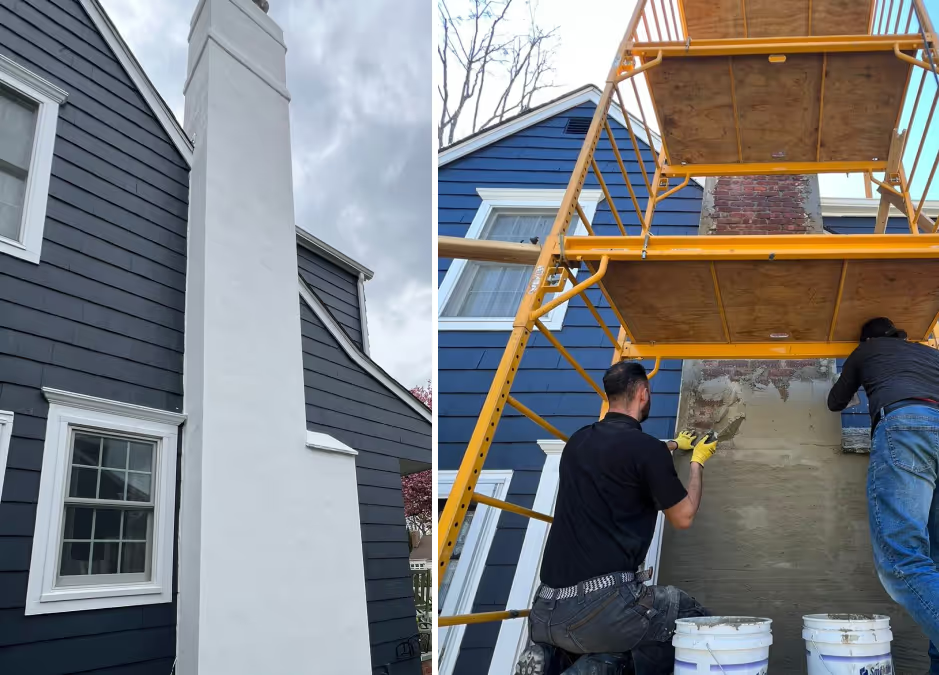
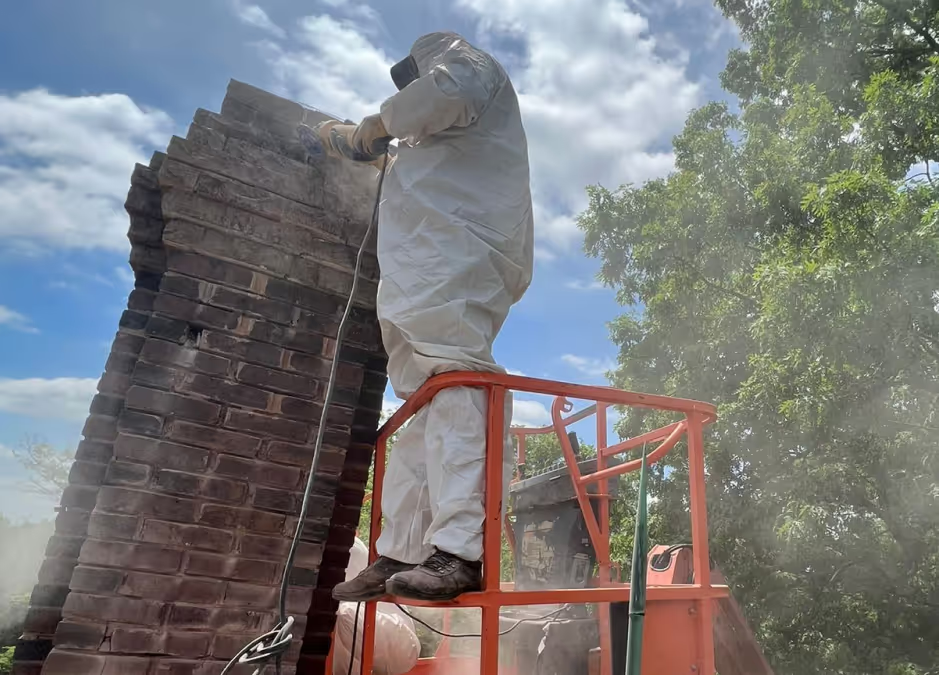

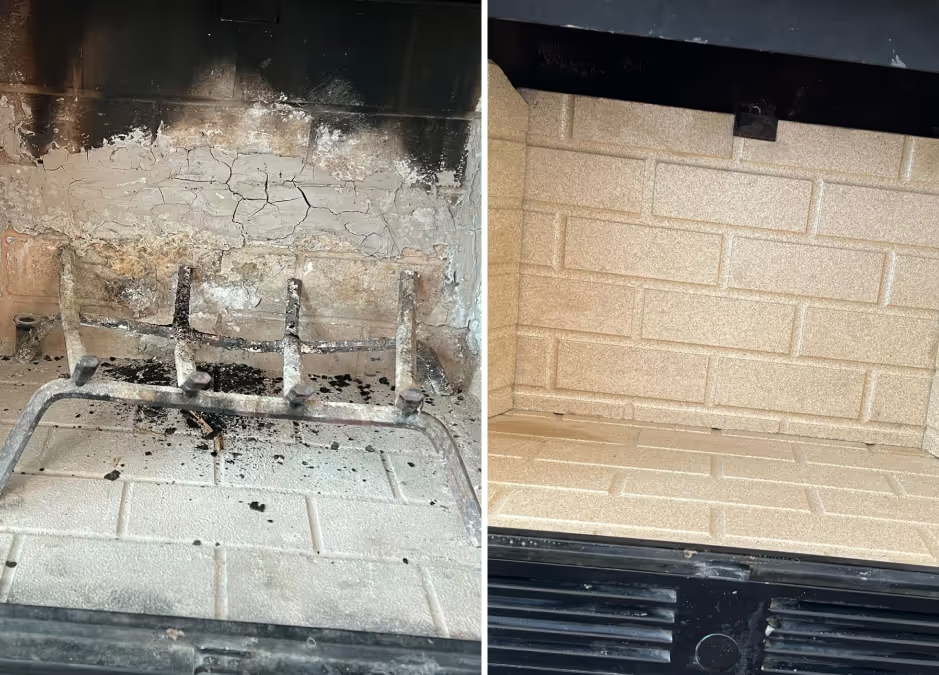
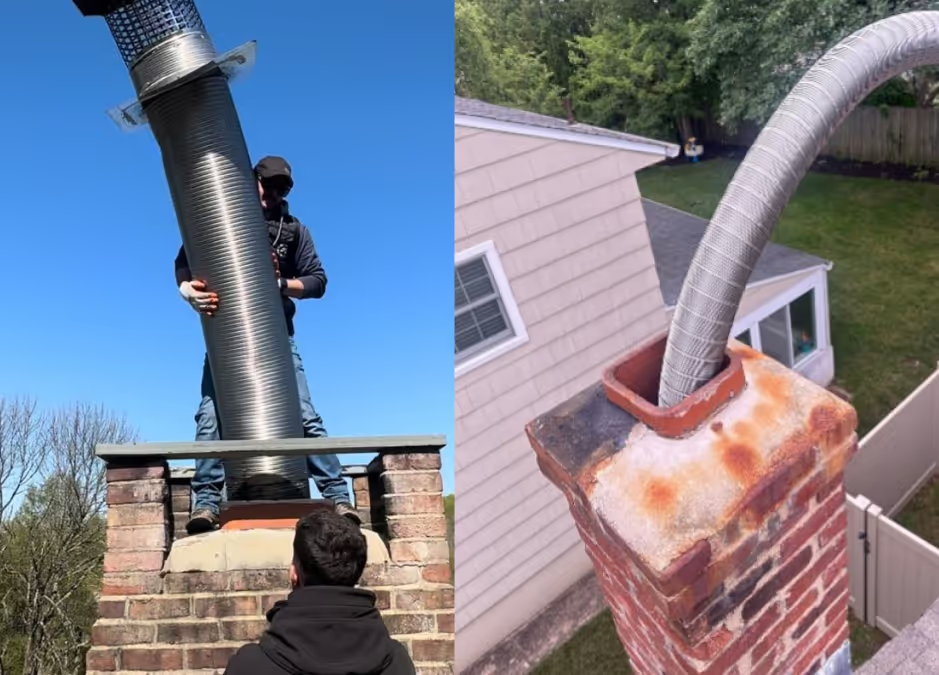
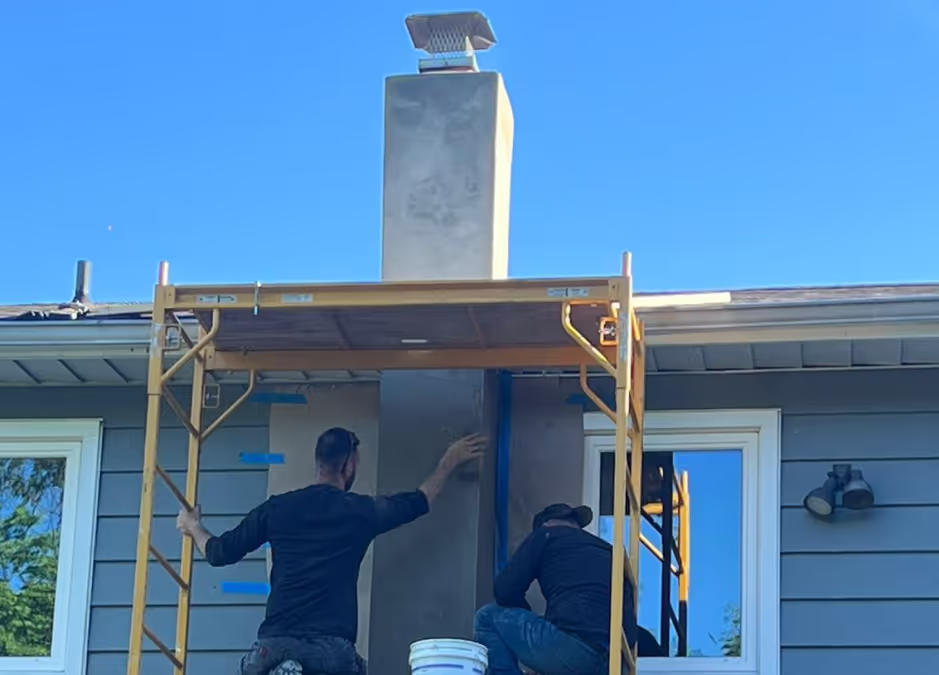
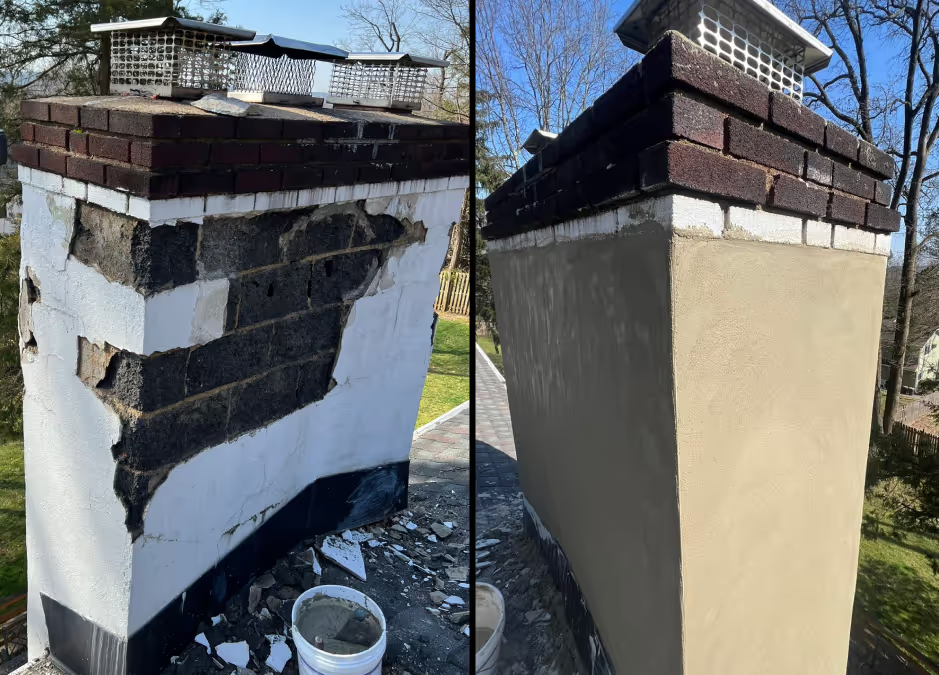

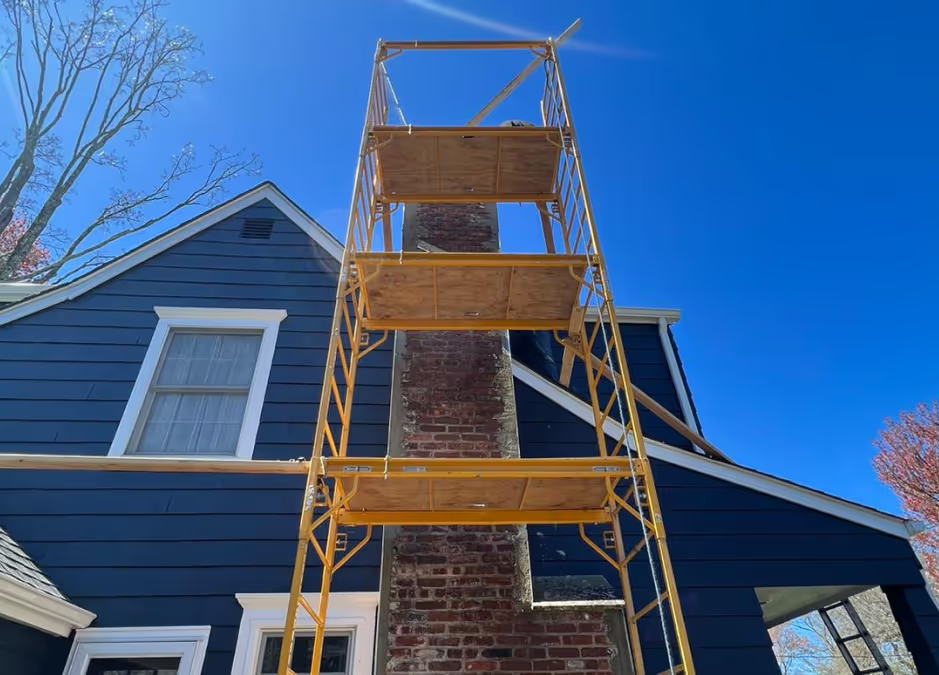
.avif)
Chimney waterproofing involves applying a specially formulated, vapor-permeable sealant to the exterior surface of the chimney. This sealant repels water from the outside while allowing moisture inside the brick to escape.
The process is quick, non-invasive, and very effective when done correctly.

It’s best to waterproof a chimney before signs of damage occur, but it’s never too late. If your chimney has already been repaired or repointed, sealing it afterward adds an extra layer of protection.
Waterproofing is especially important before winter or rainy seasons begin.
Yes. Waterproofing is a preventative measure that protects your chimney before leaks or damage begin.
Professionals use breathable, siloxane- or silicone-based sealants designed for masonry surfaces.
DIY sealants exist, but professional application ensures full coverage, proper prep, and longer-lasting results.
Typically 5–10 years depending on weather exposure and quality of the sealant.
No. Leaks must be repaired first ,waterproofing is a final protective step, not a leak fix.